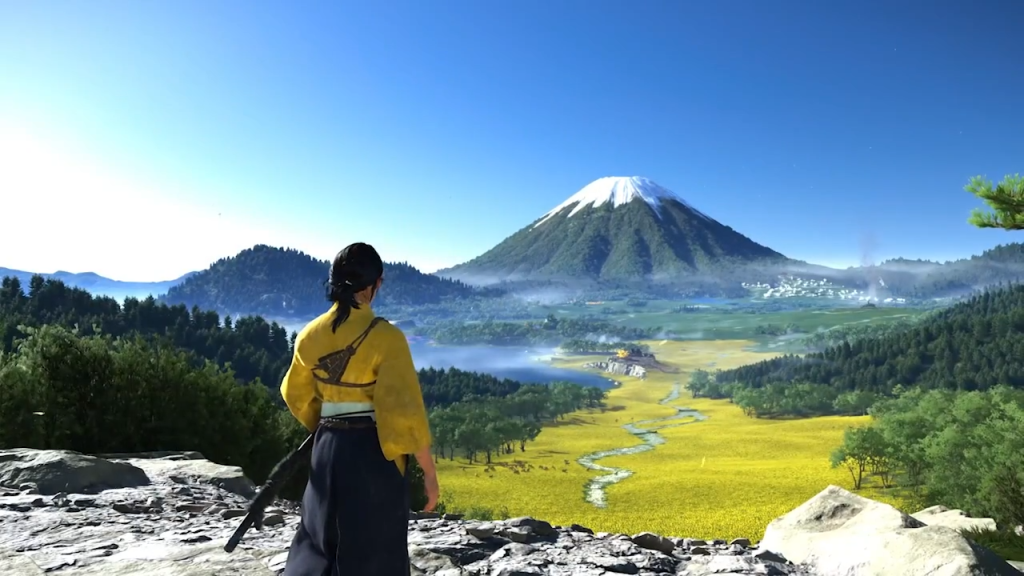Sucker Punch has spelled out how Ghost of Yōtei achieves its sweeping, readable vistas without choking performance: extend sightlines, move instance management to the GPU, and cull aggressively before the G-buffer, through an explanation delivered by Adrian Bentley, Director of Programming, via the PlayStation Blog. The studio says distant mountains are “baked” into textures for higher-detail display, while the GPU-compute renderer now permits roughly double the amount of grass and renderable items—cutting scenes with “over one million” trees/rocks/bushes down to about 60,000 draws for the final image.
“From a technical perspective, landing that feeling required longer sight lines, meaning better rendering for grass, terrain and mountains into the distance,” Bentley added.

To scale this up, the team relies on procedural-assisted authoring and GPU compute job chains (occlusion culling → memory allocation → filling draw records), minimizing CPU involvement and only reading back what’s needed to stitch the frame’s command lists. Those same pipelines also generate runtime elements like broad flower fields, so density can rise without CPU bottlenecks.
Interactivity is equally deliberate. A weapon-sweep “cut buffer” renders each frame and is sampled by cuttable geometry, letting Atsu slice through grass, flowers, and small plants while spawning context-aware particles above the cut line. In snowy biomes, a terrain tessellation and displacement buffer combo deforms deep snow under footsteps, rolls, and combat, and even knocks snow off trees/bushes: finished with a subtle screen-space sparkle effect.

Atmospherics got a big upgrade versus Tsushima’s engine. Because Mt. Yōtei is often wrapped in fast-moving cloud cover, the team renders clouds in front of geometry using depth-aware cloud maps and parallax scrolling (with triple-frame blending to curb artifacts). By storing average depth and squared depth per texel, the renderer computes how much clouds should occlude mountains. Local volumetric fog volumes, accelerated by PS5 FP16 paths, pick up crepuscular rays using a light-space cloud shadow map, with artists able to place rays for more frequent shafts of light.
Ghost of Yōtei’s world tech isn’t a single trick but a stack, baked distant detail, GPU-first instance processing, targeted readbacks, and material-aware interactions, that lets the art direction breathe while keeping frame times under control.



